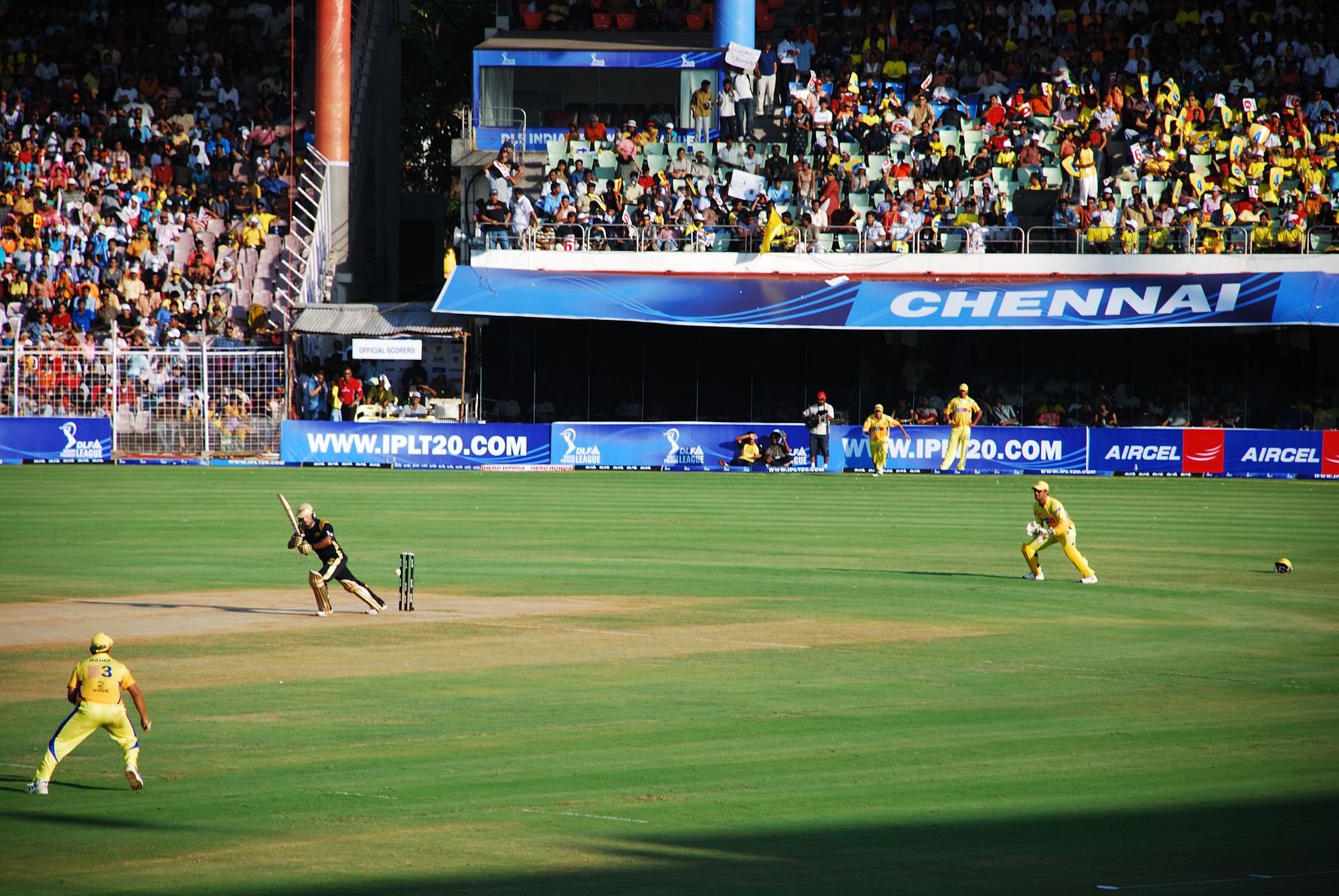The Rising Cost of IPL: How Spending Shapes the T20 Cricket Revolution

The Indian Premier League (IPL) has become one of the most lucrative and talked-about sporting events in the world. What started in 2008 as a novel idea to revolutionize cricket has transformed into a billion-dollar industry. Central to its growth and success are the astronomical amounts spent on player acquisitions, franchise operations, broadcasting rights, and sponsorships. The IPL’s spending trends reflect not just the hunger for success on the field, but also the commercial power that cricket has in India and globally.
The IPL Player Auction: A Billion-Dollar Investment
The most talked-about aspect of IPL spending is the player auction. Every year, franchise owners open their wallets to sign the best available talent from across the globe, with top players fetching jaw-dropping sums. The bidding wars at the IPL auction are a spectacle in themselves, with star players like Virat Kohli, MS Dhoni, and Rohit Sharma commanding hefty salaries.
The most notable example of this spending was in 2019, when South African cricketer Chris Morris became the most expensive player in IPL history, securing a ₹16.25 crore (approximately $2 million) contract with the Rajasthan Royals. Even emerging players, such as Shreyas Iyer and Rishabh Pant, now earn huge sums, which reflects the league’s growth in financial stature and its appeal to both established and up-and-coming cricketers.
While spending on star players may seem excessive, it is part of a larger strategy to boost brand value and increase television ratings. Big names attract large audiences, both on the ground and on TV, driving up viewership, which, in turn, attracts higher advertising revenue.
Franchise Spending Beyond Players
While the money spent on players grabs headlines, there are other significant costs that franchises incur to run their operations. The IPL franchise owners invest heavily in building a strong team, training facilities, marketing campaigns, and fan engagement initiatives. In addition, they spend substantial amounts on managing their brand’s image and growing their fan base.
Franchises spend on merchandising, promotional activities, and stadium upkeep, which is crucial for maintaining the excitement and engagement of their local fan base. Franchise owners also enter into strategic partnerships and sponsorship deals with global brands, adding another layer of financial investment to the equation. This ensures that the IPL's commercial ecosystem continues to grow and remain attractive to sponsors, advertisers, and broadcasters.
The Role of Broadcasting Rights
One of the key areas of IPL’s revenue generation is through broadcasting deals. The IPL has attracted some of the biggest broadcasting companies in the world, with television and digital media rights contributing to a substantial portion of the league’s earnings.
In 2017, Star India acquired the IPL media rights for a whopping ₹16,347.5 crore (approximately $2.5 billion) for five years, an indication of the incredible value that broadcasters place on IPL content. The high-profile broadcasting deals ensure global reach for the IPL, with matches being broadcasted across multiple platforms, including television, digital streaming services, and social media.
The immense viewership, especially from international markets like the USA, UK, and Southeast Asia, makes IPL one of the most-watched sports leagues globally, just behind the English Premier League in terms of viewership. With cricket’s ever-growing fanbase worldwide, the IPL’s broadcasting rights continue to skyrocket.
Sponsorships: Cashing In on the IPL Phenomenon
Sponsorships play a significant role in fueling the IPL’s financial machine. Every year, brands and companies from various sectors, including automobiles, technology, and consumer goods, line up to be associated with the event. Sponsors pay large sums to have their logos featured on player jerseys, the field, and other event-related materials.
In 2020, the IPL signed its biggest sponsorship deal with Dream11, an online fantasy sports platform, to become its title sponsor for ₹222 crore ($30 million) after Chinese mobile company Vivo withdrew due to geopolitical tensions. Other significant sponsors include Pepsi, Coca-Cola, and tech giants like Oppo and Samsung. These sponsorship deals bring in vast sums of money and further enhance the IPL’s global commercial appeal.
Rising Costs of IPL Operations
With each passing season, the operational costs of running the IPL continue to rise. Factors like security, logistics, transportation, and broadcasting setup contribute to the growing expenses. Additionally, the COVID-19 pandemic in 2020 and 2021 resulted in added expenses related to bio-secure bubbles, player safety, and the operational complexities of hosting matches in a closed environment.
Despite these rising costs, the league continues to thrive financially due to its ability to generate revenue from multiple channels, including ticket sales, merchandise, and sponsorships. The massive profits generated by the IPL also feed into the local economies, with job creation, tourism, and regional development benefitting from the league’s presence.
The Long-Term Financial Impact
While the IPL’s spending has certainly been large-scale, the financial returns have been even larger. The league has made significant strides in establishing India as a cricketing hub and has boosted India’s sports ecosystem as a whole. The money spent on the IPL contributes to a broader economic impact, with job creation, improved infrastructure, and increased investment in sports development.
The IPL has also served as a stepping stone for young Indian cricketers, providing them with financial security and global exposure. As the league continues to grow, so will its spending, but the return on investment for stakeholders remains highly lucrative.
The IPL is much more than just a cricket tournament; it is a business juggernaut that has transformed the global sports landscape. The astronomical sums spent on players, broadcasting rights, sponsorships, and franchise operations have created a multi-billion-dollar ecosystem. While spending in the IPL might raise eyebrows, it is a necessary investment in the growth and expansion of the league and the sport itself. As the IPL continues to evolve, its financial model will remain a key driver of its success, ensuring its place at the forefront of global sporting events.